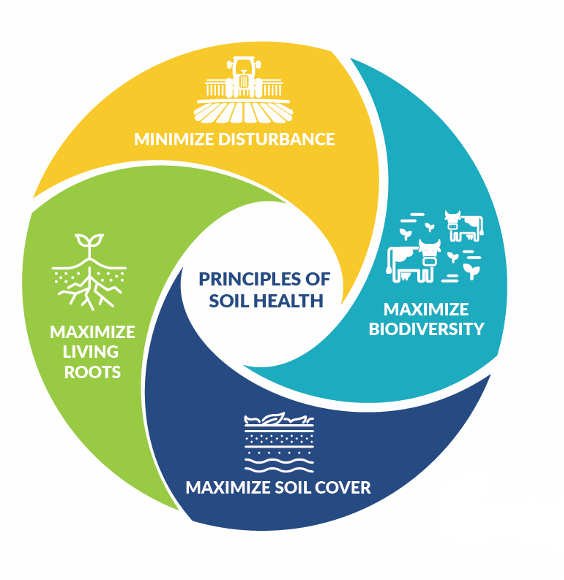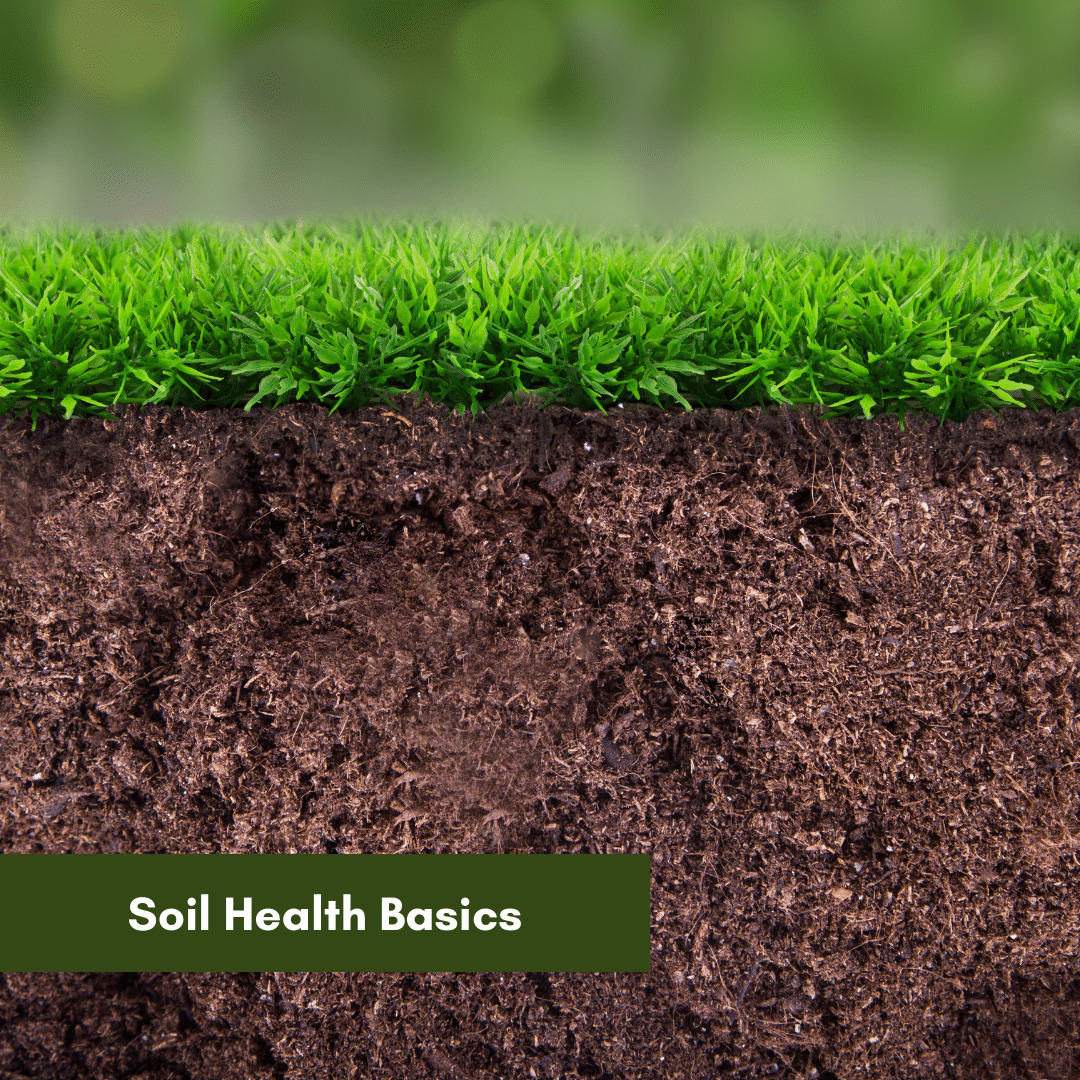If you have spent time in the garden, in the paddock or digging up your backyard, you would see some signs of life in the soil- earthworms, curl grubs, ants, spiders, etc; And these are only a few of the ones you can see with the naked eye.
Soil is not an inert growing medium – it is a living and life-giving natural resource. It is teaming with billions of bacteria, fungi, and other microbes that are the foundation of an elegant symbiotic ecosystem.
Soil health is defined as the continued capacity of soil to function as a vital living ecosystem that sustains plants, animals, and humans. Healthy soil gives us clean air and water, bountiful crops and forests, productive grazing lands, diverse wildlife, and beautiful landscapes.
Soil does all this by performing five essential functions:
Regulating water; Filtering and buffering potential pollutants; Sustaining plant and animal life; Cycling nutrients; Providing physical stability and support
Soil health research (USDA) has determined how to manage soil in a way that improves soil function.
The main principles to manage soil for health are:
- Maximize Presence of Living Roots
- Minimize Disturbance
- Maximize Soil Cover
- Maximize Biodiversity

As world population and food production demands rise, keeping our soil healthy and productive is of paramount importance. By farming using soil health principles and systems that include no-till, cover cropping, and diverse rotations, more and more farmers are increasing their soil’s organic matter and improving microbial activity. As a result, farmers are sequestering more carbon, increasing water infiltration, improving wildlife and pollinator habitat—all while harvesting better profits and often better yields (Credit: https://www.nrcs.usda.gov/wps/portal/nrcs/detailfull/national/soils/health/?cid=stelprdb1048783).

